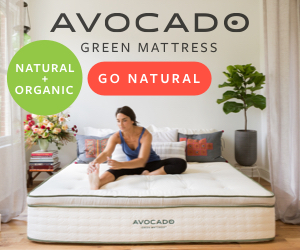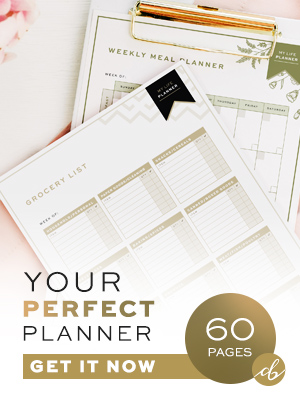Not really big on bringing unnecessary paper waste into our home, but I figured I would be using this magazine for awhile and gaining some sort of grounding into a future home. Well, needless to say, this magazine ended up in the recycle after a few short days of thumbing through the pages.
No home in this magazine rang true for a small, downsized, or even tiny home to me. I'm not sure where these homeowners lived before "downsizing," but there is one in the magazine that's over 3,000 square feet. That's twice the size of the home we currently live, which sits at a little more than 1,000 square feet and we're always saying that it's too much space for us.

The above photo is reposted from Truilia.com
The Mr. and I recently looked at a cabin in Philomath, Oregon, that sat at 400 square feet. The little cabin had such a great history, but the problem with it was the fact that it was used as a hunting cabin in the 1800s and didn't have any sort of insulation. We figured if we purchased the cabin and added insulation that it would take away from the square footage. If the cabin had been insulated already and stood at 400 square feet we would have purchased it.
After looking at the cabin and getting a tour of the inside we realized that we
The photo above is from Downsize magazine
My parents built a three-story home over 30 years ago with a basement, main floor, and third floor. There is also an area we called, "cubbyholes." These cubbyholes were tiny rooms connecting the bedrooms with a small crawlspace. Both upstairs bedrooms had two cubbyhole rooms. It's sort of like a hidden, secret passage. All of my friends thought they were the coolest thing and we would use them sort of like indoor forts. The cubbyholes now house most of our childhood memories. My parents built a house that accommodated their growing family. As I was growing up I never thought of my parent's house as a big home. My childhood home was just that, our home. When my sister, my brother, and I moved out and left the nest, my parents built onto their home a two-car garage with a loft bedroom above it. My parent's home is beautiful and it will always be my childhood refuge, but speaking of space, it's just the two of them now. It's a lot of space for two people.
The photo above is from Downsize magazine
When The Mr. and I decided to minimize and downsize our possessions there was one constant in the wake of letting go of things we had purchased-It was the fact that we would never go back to how we lived before. We have looked and scoured over pages of books and magazines, and clicked through websites on the internet to gain a perspective of what we actually need compared to what we want. We all know the basic needs for living: Food, water, shelter, and clothing. It's weird to me that clothing would be on the list of basic needs. If you think about it, technically, we don't "need" clothing. If you lived in the forest with no surrounding people we could technically live naked. I mean, there are shows based on being naked in the forest. But anyway, our basic needs of food, water, shelter, and clothing have subcategories. Food would include, food we've grown and groceries we buy. Water would include, the actual water supply to our shelter, or delivery/purchase of water. Our shelter would include, electricity, gas, heat, shingles, inspection costs, material to build shelter, etc.-You get the point. Clothing would include, things we wear daily, warm coats in the winter, shoes, etc. Let's also throw in hygiene products so that we can take proper care of our body-Toothbrush, hairbrush, soaps, oils, etc. Now with the basic needs listed everything else is a want, or so we should begin to think of it as a want.
If you begin to think everything is either a "basic need" versus "basic want" you see how much you can truly live without. The problem with this thought process is, most people have lived so long in the "want" category that they can't see the "needs" anymore. And that's where minimal living comes. It's just a matter of changing the thought process and practicing it.
Telling my sister that we were minimizing our belongings and she replied with, "I could never do that. I have too much crap." It shocked me to hear her say this. I wanted to correct her, but I remembered that it took us years to get where we are now. But the process to getting here was hard at first. It is easier now, but we have to practice this process every day. If you start letting go of small things once a week it becomes and easier process over time. We had the thought process of "10 more things" every week and we started to realizing how liberating the process really was. It felt good. Not only were we changing our lifestyle, but we were also donating a lot of good, usable items, that other people would actually want. We will always be buying something: Food, clothing, gifts, etc., so it's not a complete stopping of purchases, it's a reorganizing of those purchases. We are not done in our minimizing, but we are in a place where we feel comfortable with what we have and there is nothing in our home now that doesn't deserved a place. Each week is still the process of, "10 more things."
If you need tips on getting started in this process check out my minimizing tips here.















.JPG)


























